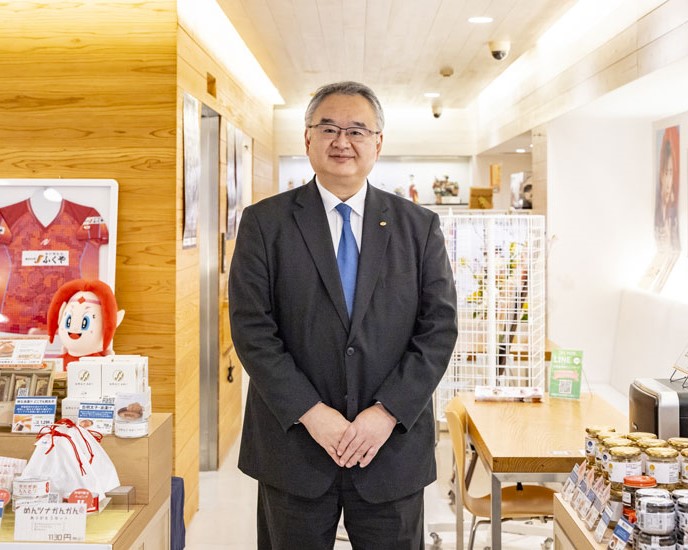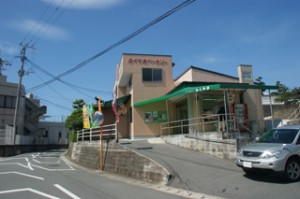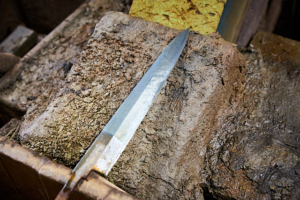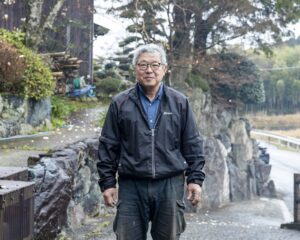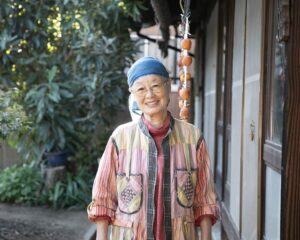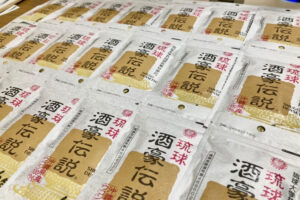Nowadays, spicy cod roe is one of the most popular souvenirs from Fukuoka.
The market is said to be worth approximately 120 billion yen, and more than 200 makers in Fukuoka Prefecture are engaged in research and development, competing with each other for the best taste.
One of the factors that contributed to spicy cod roe becoming well known as a Fukuoka specialty is the efforts of Toshio Kawahara, the founder of “Fukuya Corporation,” which has its main store in Nakasu, downtown Hakata.
In fact, without him, spicy cod roe might not have become as nationally famous as it is today. His passion has been passed on from generation to generation to his family and employees, and “FUKUYA-ism” has been inherited by Takehiro Kawahara, who is now the fifth president of the company.
The birth of spicy cod roe and its spread throughout Japan

Mentaiko” refers to pollock roe. In Korean, pollock is ‘mentaiko,’ and its roe (i.e., child) is called ‘mentaiko’ because it is the roe of the pollock. Originally, pollock is a fish that lives in cold waters, and should have little to do with Fukuoka’s warmer climate.
The birth story of spicy cod roe

Soon after the war, “Fukuya” opened a small grocery store in a corner of Nakasu, a burnt-out area. The founder, Mr. Toshio Kawahara, started to develop original products in order to enliven the community and bring joy to many people while doing business. He came up with the idea of “myeongrangjo” (myeongmang pickled cod roe in kimchi), a delicacy that could be considered a prototype for spicy cod roe, which he had eaten during his childhood in Pusan, South Korea.
Since walleye pollack is not caught in the seas around Fukuoka, he mainly used Hokkaido products, and after many trial and error attempts based on his memories, he finally succeeded in marketing spicy cod roe in January 1949. However, it was not accepted at all, perhaps because Japanese people were not familiar with spicy food at that time.
Undeterred, they continued to experiment with ingredients and production methods, and it was not until about 10 years later that they finally succeeded in producing a spicy cod roe that they were satisfied with. The original method of marinating salted cod roe in a proprietary blend of chili pepper seasoning finally resulted in the prototype for Fukuya’s signature “Aji no Mentaiko” (spicy cod roe).
The store’s signature product developed into a local specialty by generously teaching how to make it

Gradually, its delicious taste became popular among the locals, and people began to line up at the store to buy the spicy cod roe. The company was then approached by another store in the Nakasu market, where it had a store, who asked, “Do you want to sell it at your shop, too? Kawahara was asked by another shop in the Nakasu market, where the company had a shop, if he would sell mentaiko at his shop as well. However, Mr. Kawahara suggested, “Why don’t you make your own products instead of wholesaling? He taught them his suppliers, ingredients, and production methods. He also told anyone who wanted to learn how to make it, not only those in the market, but also those who did not want to learn how to season the seasoning, because he thought that if each person could create his or her own unique flavor, he or she could cater to the tastes of as many people as possible.
He continued to generously share his manufacturing methods with his competitors and business partners without registering a trademark or obtaining a manufacturing process patent. As a result, many unique spicy cod roe stores sprang up in Fukuoka.
With the opening of the Shinkansen bullet train line in 1975 and other factors, spicy mentaiko became a popular Hakata souvenir, spreading from hand to hand throughout the country and becoming a representative specialty of Hakata. The spicy cod roe industry has grown into a major industry in Fukuoka.
Our commitment to spicy cod roe

Believing that the taste of spicy cod roe is determined by the quality of the roe, Fukuya has been paying close attention to the procurement of high-quality ingredients since its establishment. Pollack used to be caught in Korea and Japan, but the 200-nautical mile problem, overfishing, and rising sea water temperatures have reduced the catch, and now only a few percent is domestically produced, with most being imported from the United States and Russia. Because of the time it takes to transport the roe and the freshness of the roe, the roe is removed from the ship and flash-frozen to preserve its freshness before processing.
Thorough control of all processes by skilled eyes
In addition, the degree of growth of the eggs determines the quality of the product. Eggs are divided into six stages of growth: gametes, early mako, mako, makoshi, metsuke, mizuko, and hides, with differences in taste and grain texture. Fukuya uses mainly “mako” eggs, which are mature and have large, firm grains, as well as some “haya-mako” eggs, which are slightly before maturity, and “metsuke” eggs, which are fully mature. The eggs are sorted on the ship for those that are close to “mako,” and once they arrive at the factory, egg connoisseurs carefully select only those eggs that are in good condition upon inspection and touch.
One of Fukuya’s specialties is to season the “mako” with a simple seasoning solution made from a blend of several kinds of chili peppers, each with its own sweetness, spiciness, and aroma, without adding alcohol, mirin, or other unnecessary ingredients in order to bring out the best flavor of the “mako. By keeping the cod roe in the seasoning solution for 48 to 96 hours, the flavor of the ingredients is not lost and the taste is not soaked up too much, so that the outside and inside of a single cod roe can have different tastes.

Most of the process, from sorting the cod roe to applying the seasoning solution and weighing the cod roe, is done by hand at the factory under the supervision of highly skilled staff. Finally, the spicy cod roe is completed when an inspector called “Aji-no-Kanjin” checks the quality of the cod roe. They conduct sensory inspections using the human senses of taste, smell, and sight to evaluate taste, texture, aroma, and appearance.
Don’t preserve the taste, let it change. Spicy cod roe evolving with the times
One of the teachings of the founder is “Don’t preserve taste. He said that people’s tastes change with the times, and that we should adapt our products to the changing tastes. True to this teaching, Fukuya’s “Aji no Mentaiko” has evolved over the 75 years since its launch, gradually changing its flavor and production method while maintaining its base.
The salt content of spicy cod roe is one such example. In response to the growing health consciousness and the desire for less salt, the salt content has been reduced from 12-13% at the time of the company’s founding to 3-5% today. The reason for lowering the salt content is that people no longer fill their stomachs by eating lots of rice with salty foods as they did in the past.
There are also four levels of spiciness, from the non-spicy “NONKara” to the extremely spicy “Dokkara. In addition, there are many other varieties of spicy cod roe alone, such as a reissued version of the original, 13.5 times spicier than normal, and 35% less salty, to meet a wide range of needs.
Processed products that meet the needs of the times are appearing one after another

Fukuya, which has changed with the times, also focuses on developing processed products that meet modern lifestyles and tastes. These include “tubu tube” mentaiko in a tube, which became a big hit, “Mentuna Kankan” canned mentaiko mixed with tuna, “Canned Mentaiko” confit (marinated in oil) suitable for long-term preservation, and “Aji no Mentaiko Powder” and “Mentaishio” that are in line with the spice boom, to name a few.
The company has been developing new products based on free thinking and by paying attention to consumer trends, such as changes in eating habits due to the influx of food culture from overseas, the fact that people no longer take time to cook, and the increase in the number of tourists from overseas, to broaden Fukuya’s fan base. At the same time, the company has the advantage of eliminating waste by using mentaiko that has been torn and cannot be made into products and the remaining seasoning liquid for processed products.

In my vision for the future, I would like to continue to master the taste of fresh spicy cod roe and, along with soy sauce and teriyaki, introduce a “cod roe-flavored” product that combines spiciness, umami, and seafood flavor to the world. Also, Fukuoka and Kyushu have a lot of great ingredients, so I would like to work to make Kyushu’s food culture known to as many people as possible so that Kyushu as a whole will become more vibrant,” says Kawahara.
Just as the birth of spicy cod roe has enlivened the city of Hakata, Fukuya’s products will energize Kyushu and Japan. The pioneering spirit of the founder has been passed down through the ages.



